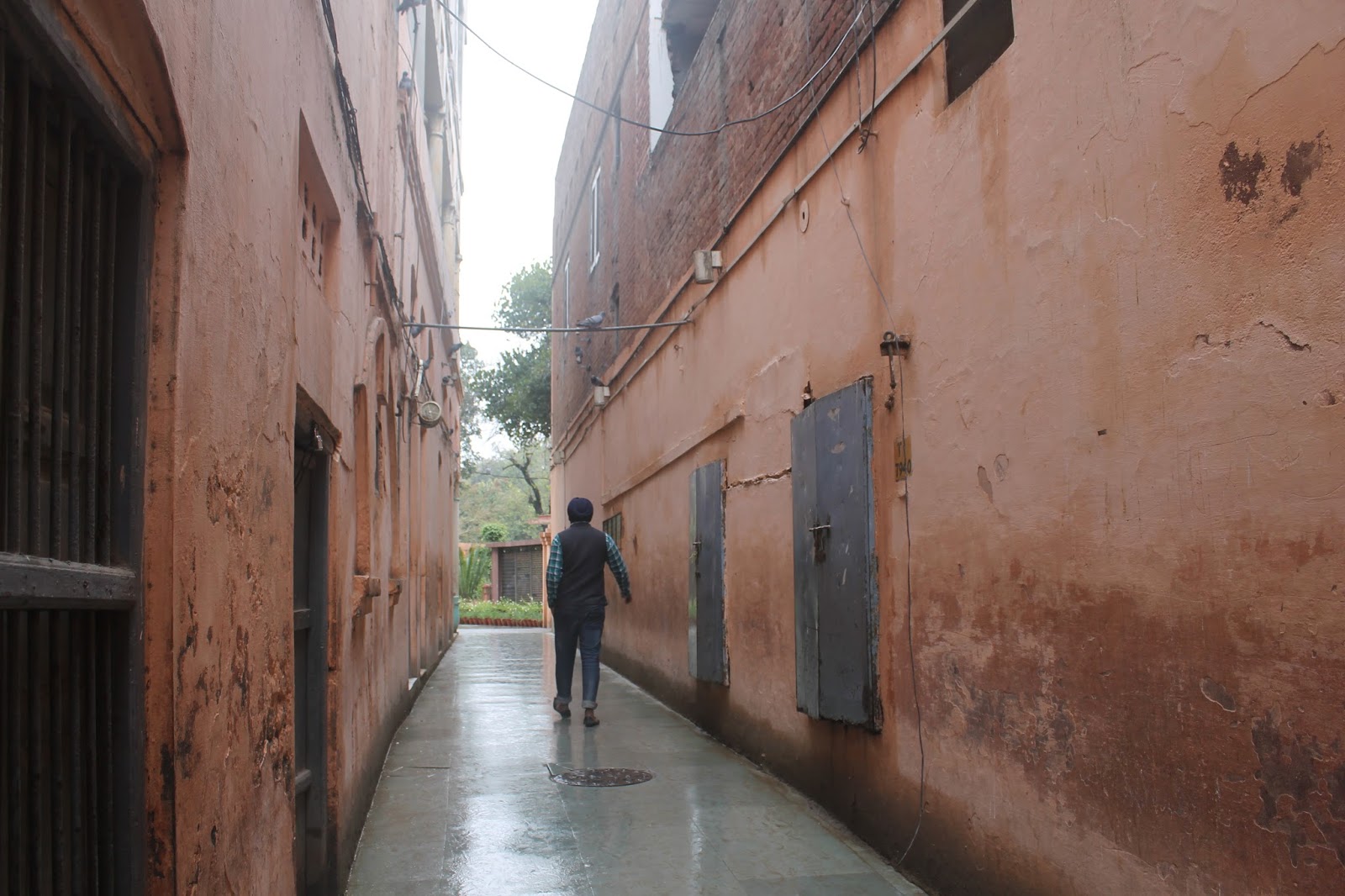A Seminal Event in British-Indian History
Jallianwala Bagh Massacre, also known as the Amritsar Massacre, it occurred on April 13, 1919 and estimates of the death toll range from 379 (from British Indian sources) to ~1,000 (estimation by the Indian National Congress). It seems to be accepted that there were at least 1,500 casualties ranging from death to injury. I am no history expert on colonial India so I will not attempt to go into the complex background of the event save to say that the Punjab region was quite tumultuous with clashes between native groups and the iron-fisted Lt. Governor Michael O'Dwyer. The day of the massacre began with a gathering of nonviolent protestors within the bagh; at that time just an open field-like area between buildings with a well. Protestors gathered to peacefully to express their disapproval of the arrest of two popular leaders in the area.
Located just down the road from the Golden Temple, the bagh is enclosed with buildings on all sides. There is one narrow entrance (pictured above) which, according to information provided at the memorial, was usually kept locked. Upon hearing about the meeting at Jallianwala Bagh, General Reginald Dyer, who was temporarily placed in the area as Brigadier General, came to the bagh with 150 soldiers and placed them on the elevated ground along the perimeter of the bagh entrance. With no warning, Dyer ordered for his troops to fire upon the peaceful protesters, killing and maiming many with shots and causing stampedes.
As you walk around the beautiful gardens you will constantly and bittersweetly be reminded of the tragedy that took place nearly a century ago. There are multiple walls where bullet holes have been highlighted and preserved as testaments to the cruel offense inflicted upon the innocent, nonviolent dissidents.
We walked counter-clockwise through the bagh and thus happened upon the "Martyr's Well" towards the end of our visit. As such, the atmosphere and emotions stirred up by visiting a site of such tragedy were already coursing through me strongly and happening upon this sight was probably the most poignant of moments at Jallianwala Bagh. This well is where 120 bodies were recovered after the massacre representing 120 individuals who threw themselves into the well to take cover from the unwarranted fire.
A monument sits towards the center of the gardens that now fill the bagh, along with a couple of small museum exhibits and an eternal flame.
We had hoped to see the light show that is put on every evening, which seems to be a sort of reenactment of the events. A couple who we shared a train cabin with on the way to Amritsar recommended going at this time since the display really gives the best feel of the events.






I remember the depiction of this massacre in the movie Gandhi and how shocked and sad it made me when I saw it. It must have been quite an experience to visit the actual site, especially the Martyr's Well. Thanks for sharing!
ReplyDeleteI can't believe we never actually watched that when I was home last - we definitely will in August. It was difficult to even fathom what happened. One room with portraits and little bios of significant people involved included an account from one woman whose husband was killed.. I will send you the photo I took of that account so you can read it too.
ReplyDelete